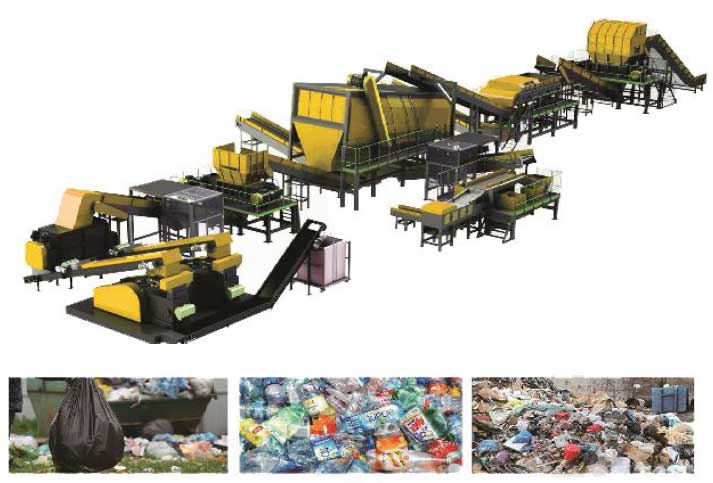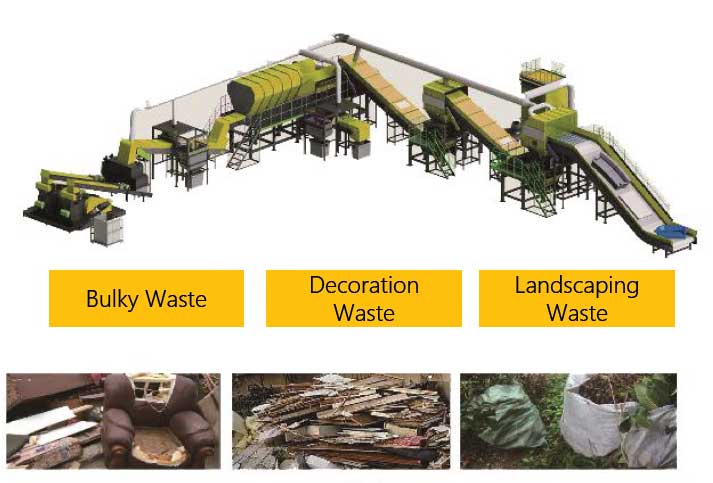Municipal Solid Waste (MSW)
Transforming Waste Into Valuable Resources
Municipal Solid Waste Resource Utilization Solutions
Municipal solid waste (MSW) presents both challenges and opportunities for sustainable resource management. With increasing amounts of waste generated from various sectors, advanced technologies now allow for effective waste reduction, energy recovery, and material reuse. Below are the key solutions and technologies for handling different types of waste, including plastic, domestic, rural, medical, and industrial waste.
Waste Plastic Resource Utilization
Waste Plastic Resource Utilization System
Resource utilization technology of waste plastics is based on the extended application of petroleum cracking technology and it can crack waste plastics into light oil, combustible gas and carbonized organic matter oil, gas, which could be accounted for up to 80% of the plastics. Different from the traditional cracking process equipment, our company redesigns the process and equipment structure according to the characteristics of plastics and effectively improves the safety and reliability of the equipment to maximize the cracking yield and capacity of waste plastics to achieve a win-win situation in terms of economic value and social value.
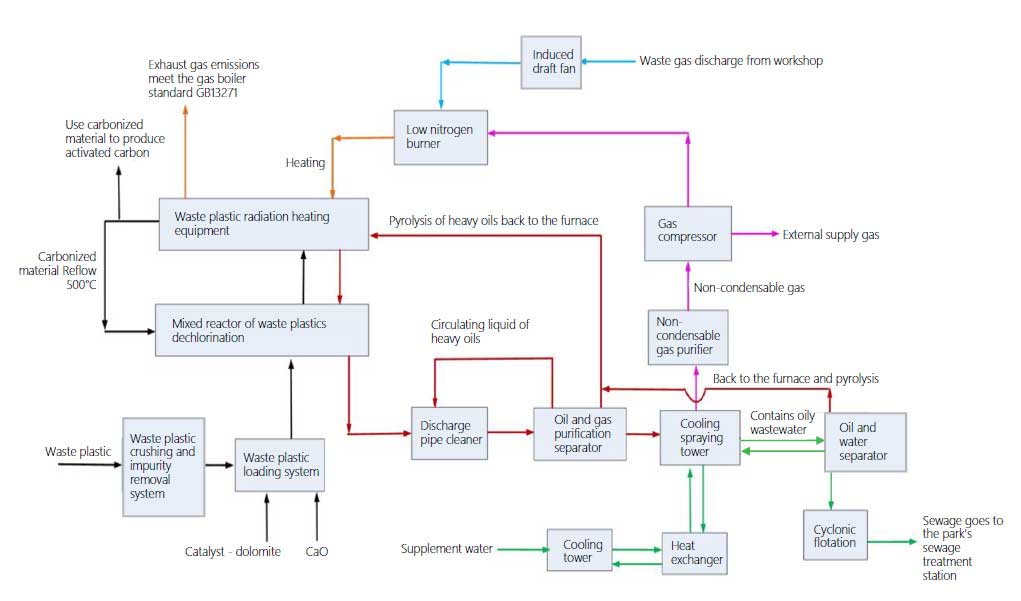
Oil sludge resource utilization equipment composition
- Loading (drying pretreatment) system
- Dechlorination mixing reaction system
- Cracking system (heating system and products discharge)
- Discharge (high temperature sludge reflux) system
- Cracking oil, cracking gas, condensed water separation system
- Non-condensable combustible gas purification, storage and reuse system
- On-site safety monitoring system
- DCS centralized control system
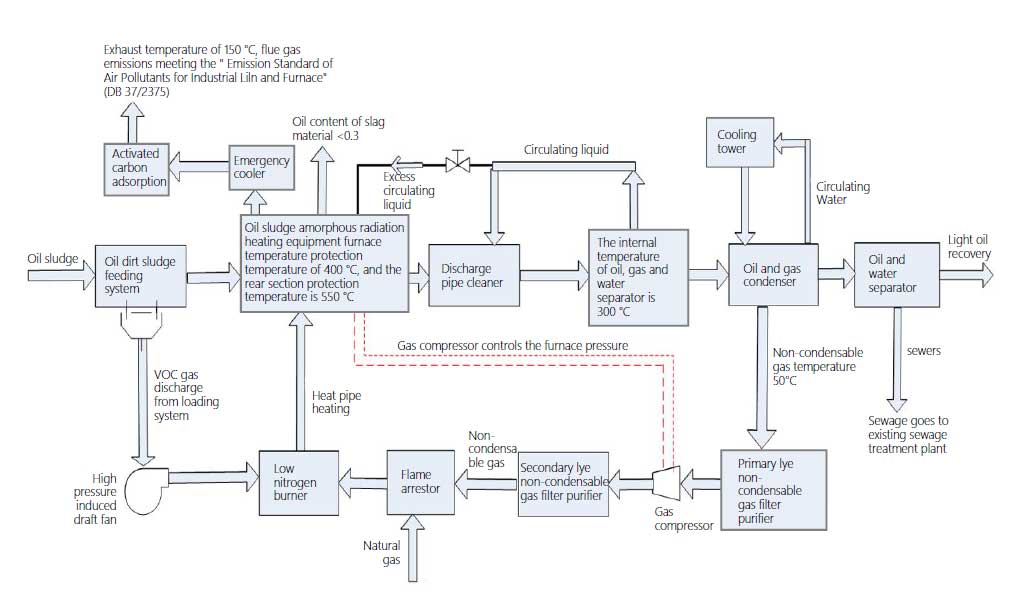
Plastics (Including Oil Sludge) Resource Utilization Equipment Specifications
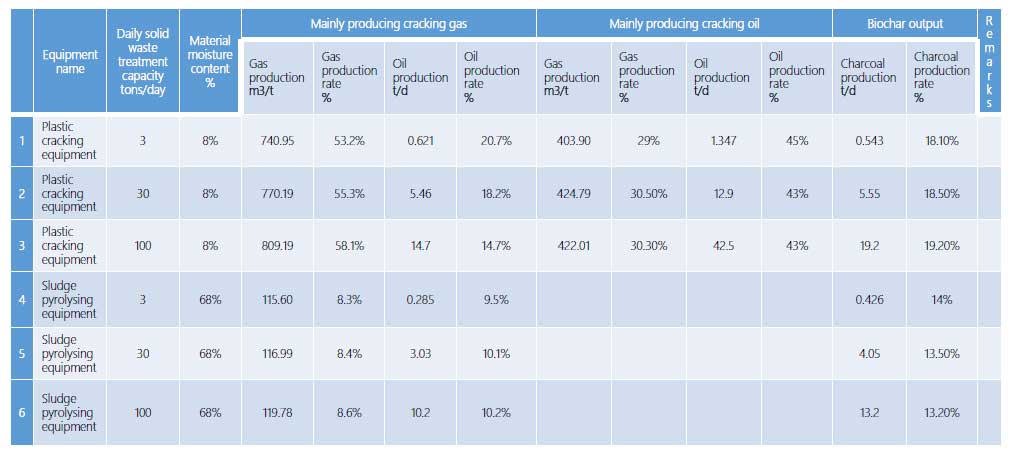
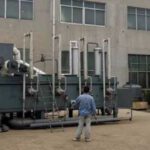
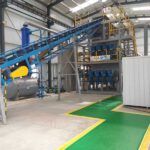
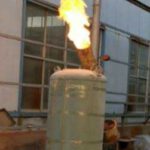
Waste Reduction Treatment Products
High-Temperature Pyrolysis Resource Utilization Equipment for Domestic Waste
Key Features:
- Safe and Reliable Operation: The waste incinerator allows for real-time observation of the burning process and operates using light diesel fuel.
- Labyrinth Infusion Structure: This design enhances the treatment of bacteria-laden gases and harmful substances, significantly improving energy efficiency.
- Comprehensive Waste Treatment: Solid waste is dewatered and carbonized, while odors and harmful gases are incinerated through a secondary combustion process at temperatures between 850°C and 1200°C. The high temperature ensures thorough sterilization and emission of harmless gases.
- Stirling Generator Set: Installed in the second combustion chamber, the Stirling generator converts thermal energy into electricity, further enhancing resource utilization.
- Automated Control System: The equipment features a digital control system with temperature settings, automatic regulation, and monitoring for precise operation.
Resource Utilization of Rural Domestic Waste
Rural areas generate large volumes of domestic waste, with nearly 300 million tons annually, posing a unique challenge due to scattered populations and a lack of proper collection systems. This waste is often dumped indiscriminately, polluting land and water sources, and creating breeding grounds for pathogens. Moreover, the accumulation of waste can lead to dangerous situations like methane build-up, increasing the risk of fires and explosions.
Challenges in Rural Waste Management:
- Increasing complexity in waste composition due to the growing use of industrial products in rural areas.
- Difficulty in waste collection and disposal due to the dispersed nature of rural settlements.
- Pollution of water sources and land due to random waste dumping.
- Urban waste being shifted to rural areas, further straining the rural ecosystem.
By implementing high-temperature pyrolysis equipment, rural waste can be efficiently reduced and converted into energy, addressing both environmental and waste management issues.
Medical Waste High Temperature Pyrolysis Equipment
System Introduction
Medical waste, due to its high infectious and hazardous nature, requires specialized treatment. Pyrolysis gasification technology effectively reduces the volume of medical waste while destroying harmful microorganisms. The system operates by heating waste through stages of drying, ignition, and pyrolysis, converting it into residue and combustible gas. This technology is widely used in hospitals, clinics, and medical waste treatment facilities.

Industrial Waste High Temperature Pyrolysis Gasification System
High-temperature pyrolysis furnace for industrial waste
The furnace is suitable for the reduction and harmless treatment of industrial solid wastes with high calorific value, such as: tires, leather, clothing, rubber, cables, geotextiles, plastic woven bags, plastic filters, and imported grain inactivation


Livestock (Pet) Harmless Treatment Equipment
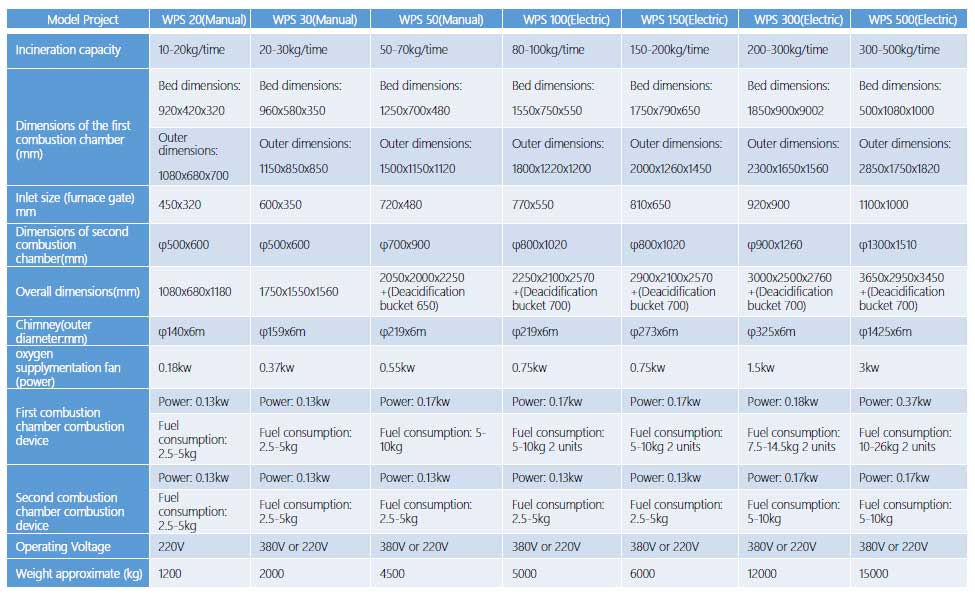
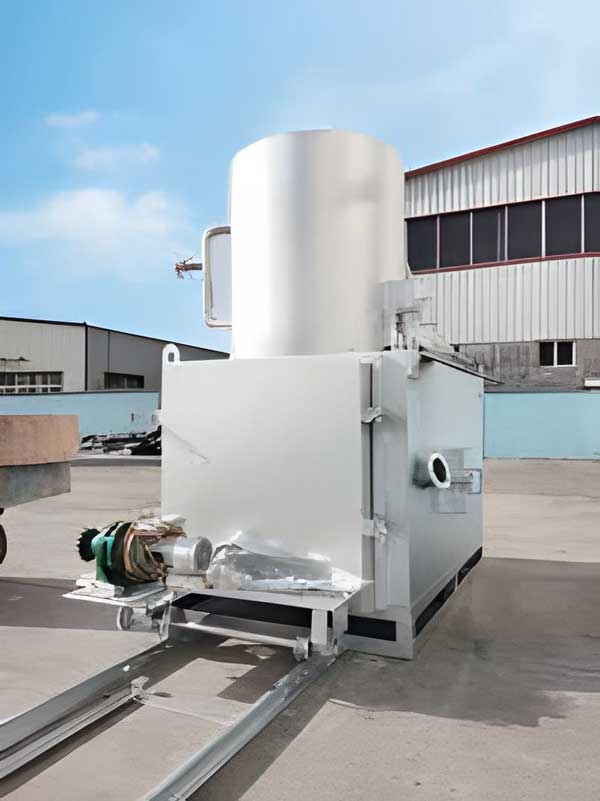
Waste Reduction and Resource Utilization System
Our waste reduction system efficiently processes mixed waste into high-quality alternative fuels (RDF/SRF), recyclable raw materials, and iron. The system is highly automated and suitable for handling large volumes of waste, ensuring a clean, dust-free working environment with stable, long-term performance.
